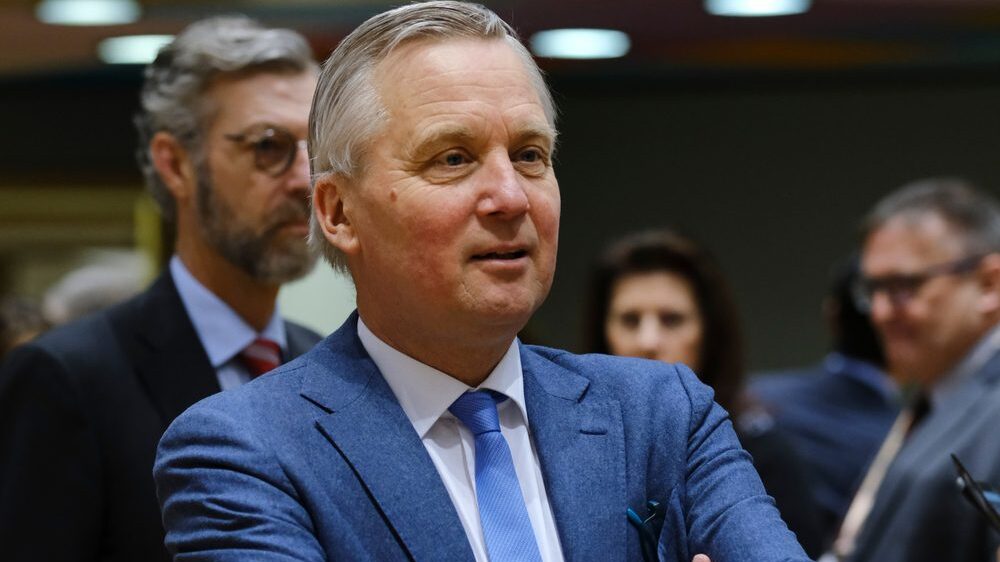
Dutch State Secretary for Asylum and Migration Eric van der Burg.
Photo: Alexandros Michailidis / Shutterstock.com
The Netherlands, which has an exceptionally high acceptance rate for first-time asylum seekers compared to the rest of the European Union, is expecting the arrival of as many as 77,000 asylum seekers this year, a 65.7% increase compared to 2022 when 46,500 asylum seekers entered the country.
Dutch State Secretary for Asylum and Migration Eric van der Burg, a member of Mark Rutte’s ruling liberal-globalist VVD party, stated that the number of asylum seekers entering the Netherlands “will continue to increase” in the coming years, citing calculations the government provided to the parliament, the Amsterdam-based newspaper De Telegraaf reports.
“The expected increase in the influx is partly due to the unrest in Iran, the elections in Turkey, and the continuing unrest on the European continent,” van der Burg said, noting that according to the government’s calculations, the number of unaccompanied minor foreign nationals will increase by more than 25%.
The increase can also be attributed, in large part, to the Netherlands’ 85% acceptance rate for first-time asylum seekers which Van der Burg has admitted “is much higher than in other European countries.” The reason for this is that the Dutch government, in sharp contrast with the vast majority of European countries where asylum seekers have to demonstrate to the state that he or she is entitled to asylum, must demonstrate that asylum protection is not required in order to issue a rejection notice.
In the Finance Ministry’s Spring Memorandum, where a description of the state’s revenues and expenditures is published, the government notes that €5.2 billion had been budgeted for the reception of new arrivals in the coming years, but that the cabinet has now allocated an additional €8.7 billion for the project, bringing the total cost for asylum reception to €13.9 billion for the period of 2023 up to and including 2026.
As a result of the expected arrival of far more asylum seekers than the government had originally forecast, several thousands of additional reception places are required at the Central Agency for the Reception of Asylum Seekers (COA). Whereas before, the government predicted 75,500 reception spaces would be needed by the year’s end, it now says 77,100 are required to meet the increased demands. The number of reception spaces needed will increase precipitously again by 2025 when it’s expected that more than 97,000 spaces will be needed.
The news comes weeks after Eurostat, the European Union’s statistical agency, published a report that revealed the number of first-time asylum applicants in the bloc increased by 64% last year, with records indicating that 881,200 non-EU citizens applied for asylum status for the first time across the Union’s 27 member states.
